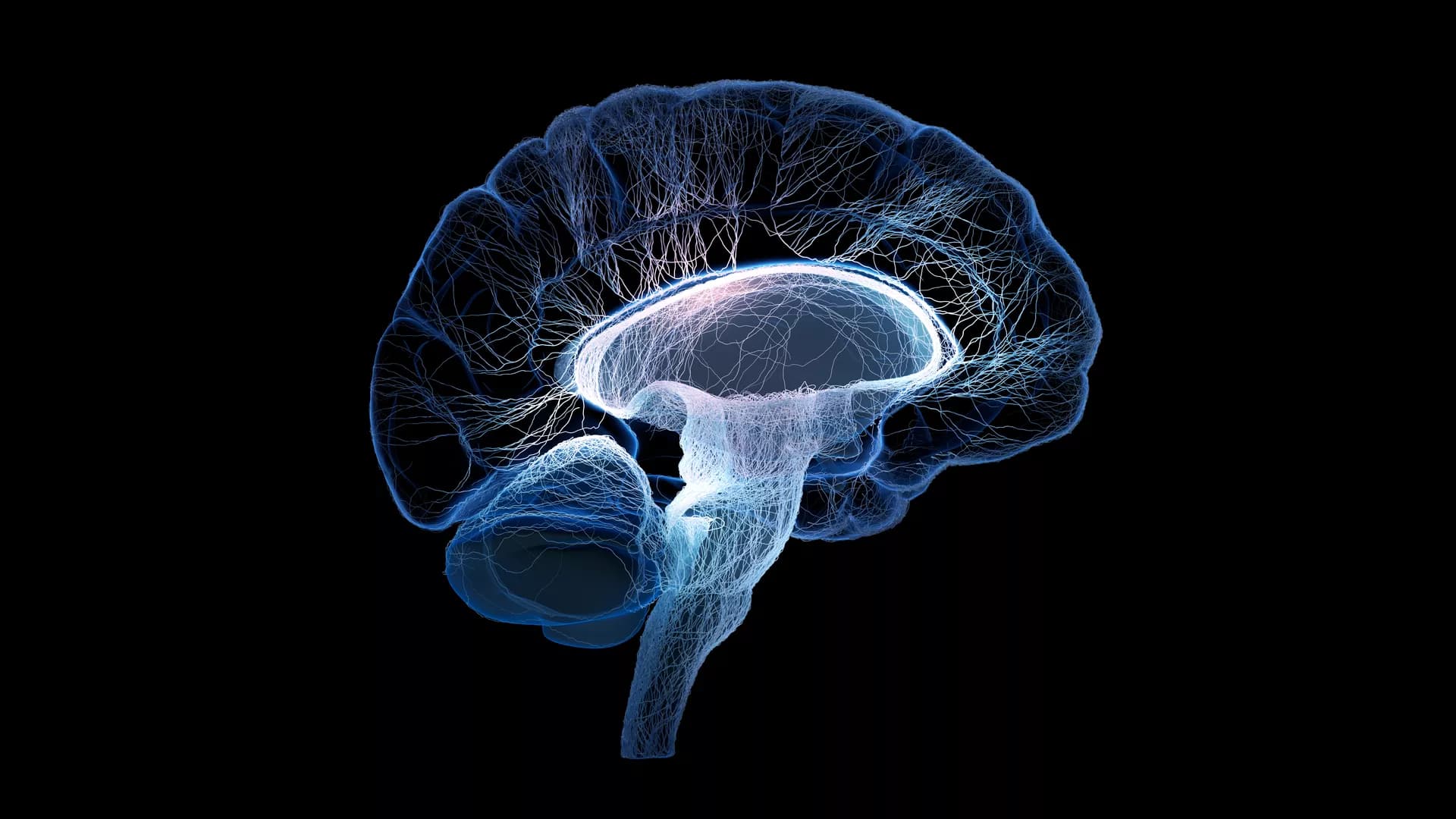Nowadays, artificial intelligence (Al) technology has been extensively used in our daily life such as facial recognition, autonomous driving, and smart robotics. Mostly, these typical cognitive tasks are handled by using deep learning algorithms deployed on conventional digital computers. However, such software-based implementation on von Neumann architecture is inefficient due to the separation of processing units and memory. To overcome the so-called "von Neumann bottleneck", novel computing paradigms with high energy-efficiency need to be developed. Neuromorphic computing means that using hardware electronics (e.g. CMOS-based circuits or emerging devices) directly achieves event-driven or time-based computations in massively parallel, like neuro-biological architectures present in the nervous system. Such as, spiking neural network (SNN) is a typical example of an event-driven neuromorphic system with massive parallelism, fault-tolerance, and high energy-efficiency. This has attracted great attention from industry and academia. Many challenges still need to be overcome before the novel neuromorphic systems could be commercially available.
This Research Topic is aimed to advance our fundamental understanding of cutting-edge physical implementation for event-driven or time-based neuromorphic computing or sensory systems. To accelerate the maturity of the novel neuromorphic systems, emerging hardware units (e. g., CMOS-based circuits, memristors, spintronic, magnetic, etc.) are being developed into artificial neuronal devices (e.g., neurons, synapses, and dendrites) that implement models of neural systems and emulate the neuro-biological architectures. Firstly, device physics, device/circuit/system-level modeling, novel algorithms and architecture should be discussed. Secondly, the critical challenges (e.g., non-ideal characteristics of devices, fault-tolerance training/learning algorithms) in this field should be identified. Thirdly, the potential applications of neuromorphic systems, such as disease diagnosis, natural language processing, self-aware robotics, etc. should be further highlighted for the bio-realistic artificial intelligence era.
In this Research Topic, we are looking for submissions covering the broad context of event-based neuromorphic computing based on hardware electronics:
- Emerging device (e. g. resistive memory, phase-change memory, etc.) for mimicking the biological neuron, synapse, or dendrite.
- Modeling of fundamental physics of artificial neuronal devices
- Analog or hybrid analog/digital electronic circuits for implementing neuromorphic system
- Integration process for large-scale neuromorphic system
- Fault-tolerance training/learning algorithms
- System-level simulator for neuromorphic system
- Potential applications of neuromorphic computing
Nowadays, artificial intelligence (Al) technology has been extensively used in our daily life such as facial recognition, autonomous driving, and smart robotics. Mostly, these typical cognitive tasks are handled by using deep learning algorithms deployed on conventional digital computers. However, such software-based implementation on von Neumann architecture is inefficient due to the separation of processing units and memory. To overcome the so-called "von Neumann bottleneck", novel computing paradigms with high energy-efficiency need to be developed. Neuromorphic computing means that using hardware electronics (e.g. CMOS-based circuits or emerging devices) directly achieves event-driven or time-based computations in massively parallel, like neuro-biological architectures present in the nervous system. Such as, spiking neural network (SNN) is a typical example of an event-driven neuromorphic system with massive parallelism, fault-tolerance, and high energy-efficiency. This has attracted great attention from industry and academia. Many challenges still need to be overcome before the novel neuromorphic systems could be commercially available.
This Research Topic is aimed to advance our fundamental understanding of cutting-edge physical implementation for event-driven or time-based neuromorphic computing or sensory systems. To accelerate the maturity of the novel neuromorphic systems, emerging hardware units (e. g., CMOS-based circuits, memristors, spintronic, magnetic, etc.) are being developed into artificial neuronal devices (e.g., neurons, synapses, and dendrites) that implement models of neural systems and emulate the neuro-biological architectures. Firstly, device physics, device/circuit/system-level modeling, novel algorithms and architecture should be discussed. Secondly, the critical challenges (e.g., non-ideal characteristics of devices, fault-tolerance training/learning algorithms) in this field should be identified. Thirdly, the potential applications of neuromorphic systems, such as disease diagnosis, natural language processing, self-aware robotics, etc. should be further highlighted for the bio-realistic artificial intelligence era.
In this Research Topic, we are looking for submissions covering the broad context of event-based neuromorphic computing based on hardware electronics:
- Emerging device (e. g. resistive memory, phase-change memory, etc.) for mimicking the biological neuron, synapse, or dendrite.
- Modeling of fundamental physics of artificial neuronal devices
- Analog or hybrid analog/digital electronic circuits for implementing neuromorphic system
- Integration process for large-scale neuromorphic system
- Fault-tolerance training/learning algorithms
- System-level simulator for neuromorphic system
- Potential applications of neuromorphic computing









